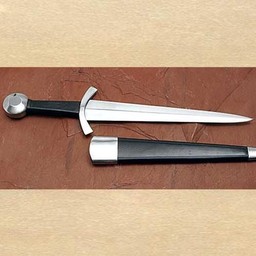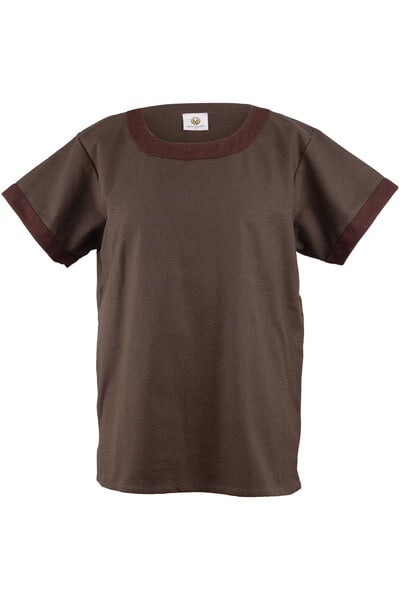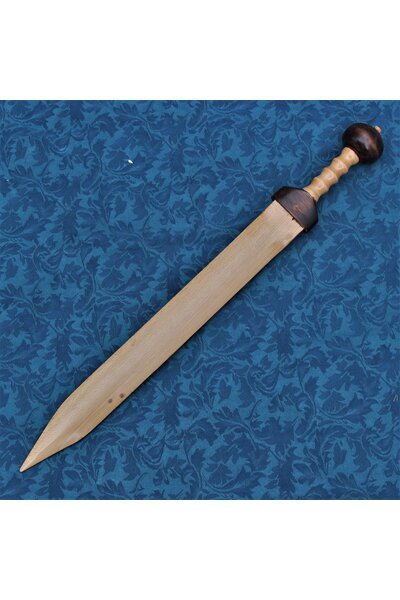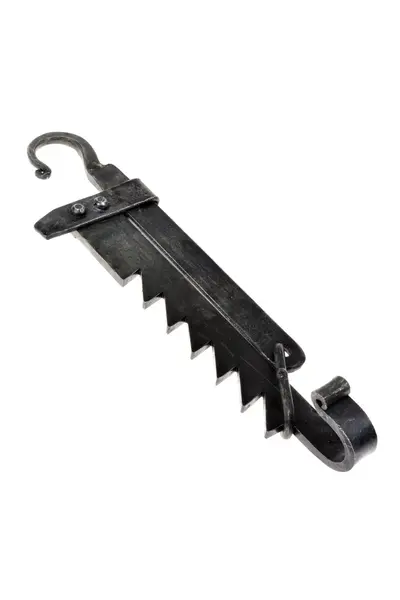Product description
A beautiful medieval dagger with scabbard by Windlass Steelcrafts, based on medieval daggers. Daggers like this were used by knights and soldiers. In the army camp, they used the dagger for practical purposes like cutting ropes and other chores. On the battlefield, the dagger was used in close combat. This classic model medieval dagger has a round pommel and a curved cross-guard. The grip and scabbard are made of wood covered with black leather. The blade is made of tempered 1055 carbon steel with a hardness of 48-52 HRC. Perfect for a medieval costume and medieval reenactment. When blunted, the dagger is suitable for Historical European Martial Arts.
Details:
Material: 1055 carbon steel tempered
Edge: semi-sharp (0,5 mm)
Length: 45 cm
Blade length: 30 cm
Width: 4,45 cm
Steel thickness: 4,2 mm
Length cross-guard: 10,8 cm
Weight: 508 grams
Delivered including scabbard
Based on a historical original
Transport weight (gram): 1000 *
We do not sell this product to customers under the age of 18. Click here for more information on the European arms acts.
This item is produced in limited quantities only. This means that every piece is unique. Sizes & finish may vary lightly from piece to piece.
Prevent rust and corrosion by oiling your weapons regularly. Remove rust easily with black sandpaper. Remove burrs with a whetstone. Make sure you have removed all burrs before using a battle-ready weapon, as they can cause wounds.
Maintenance & care
Just as with weaponry, you can care for your shoes and leatherware by applying a little Ballistol after cleaning. This prevents the leather from drying out.
Packaged with 100% recycled material
When packaging this item, we exclusively use 100% recycled plastic and recycled paper/cardboard from FSC certified forests. We reuse a large part of the material directly without the intervention of a recycling process.
Recycle the material by separating your waste:
1. Cardboard: separate or reuse your paper.
2. Plastic cushions, clothing bags and plastic tape: separate or reuse your plastic. If possible, pierce the cushions with a volume reduction needle.
3. Paper packaging for jewelry and small items: these have a plastic inner layer. Remove these, then separate your paper and plastic.








